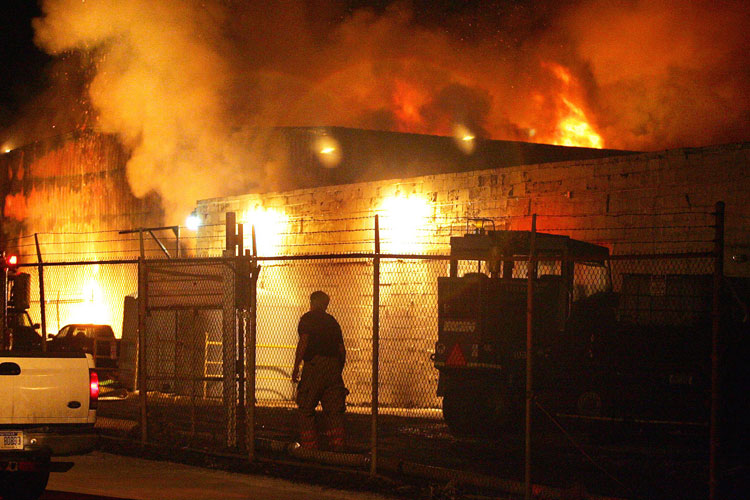When going through the dust hazards in your place of work, the first thought is usually: “is my dust an explosion hazard?” This is a great question to consider but another equally important one should be: “Is my dust flammable” Depending on what you come up with, your dust may be classified as flammable solids for identification.
A flammable solid is any solid, other than a blasting or an explosive agent, that combusts in the following ways:
- Through friction
- Through absorption of moisture
- A spontaneous chemical change
- Through heat retained from the manufacturing process
- That which easily ignites and when ignited burns so fast and ferociously to create a serious fire hazard.
HAZMAT (Hazardous Materials) Class 4 Flammable Solids terms flammable solids as “any solid materials that readily combust in the presence of ignition under standard circumstances i.e. without:
- Adding accelerants
- Artificially changing variables such as density or pressure
What is a solid? You might think of wood as a solid, but so are the many constituent fibers. Industries that have flammable dust solids include petrochemical, plastics, polymers, agriculture, and manufacturing.
The Class 4 Division 4.1 – this test is designed to distinguish between materials that barely ignite when a source of ignition is present and those that burn rapidly. This information is key when characterizing your material.
These test methods are straightforward and offer semi-quantitative information (burning rate and burning time) that can be used to qualify a material’s hazard class. The data can be used to determine the hazardous nature of materials, especially during transportation and storage.













